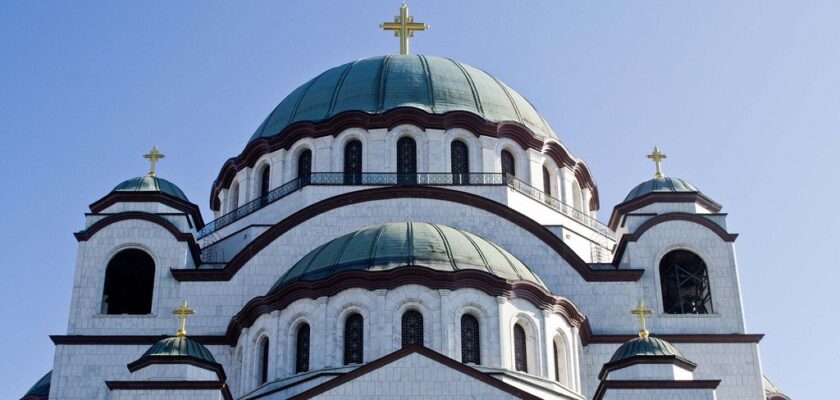Church of St. Sava
Church of Saint Sava is one of the largest Orthodox cathedrals in Europe, with a height of about 90 meters. It is located in Belgrade, the capital of Serbia. The cathedral impresses with its majesty and scale. If the area of the Cathedral of Christ the Savior in Moscow is 60 by 60 meters, the size of its Belgrade counterpart, designed in the Serbian-Byzantine style – 91 by 81 meters. The Church of St. Sava in Vračar stands on the place where the Ottoman Turks, who enslaved Serbian lands, barbarously burned the relics of the greatest saint and the first archbishop of Serbia.
.The temple functions solely on donations, and reconstructions are constantly underway. In the technical and spiritual sense, this building is not a cathedral, as it is not the residence of the Patriarch of Belgrade (the Patriarch is located in St. Michael’s Cathedral nearby). Therefore, it is usually called a temple, although foreigners call it a cathedral because of its size and importance.
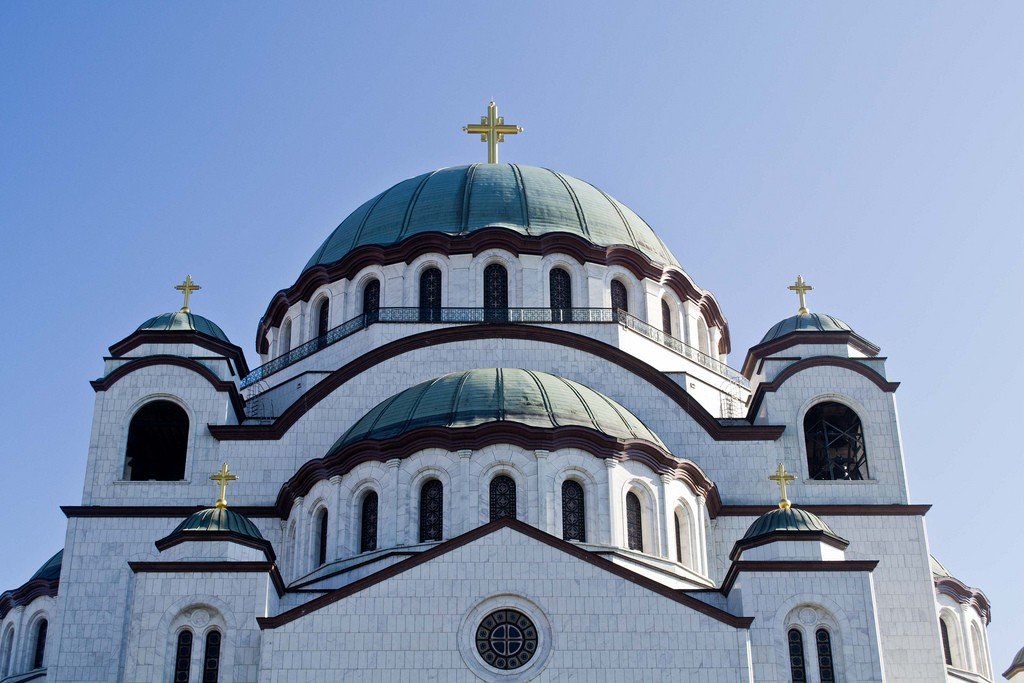
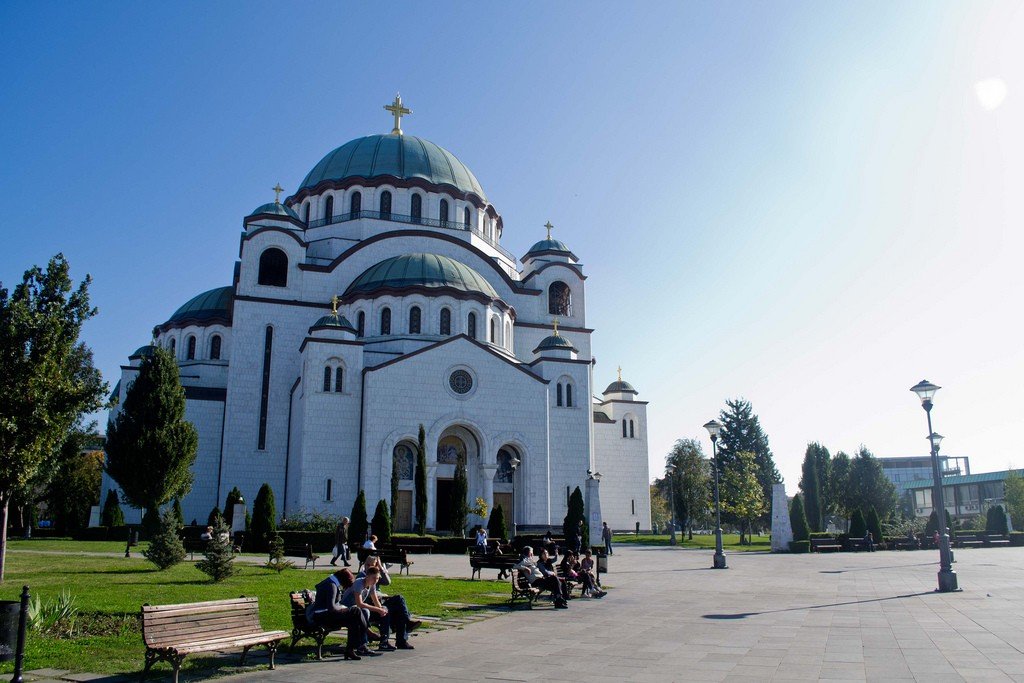
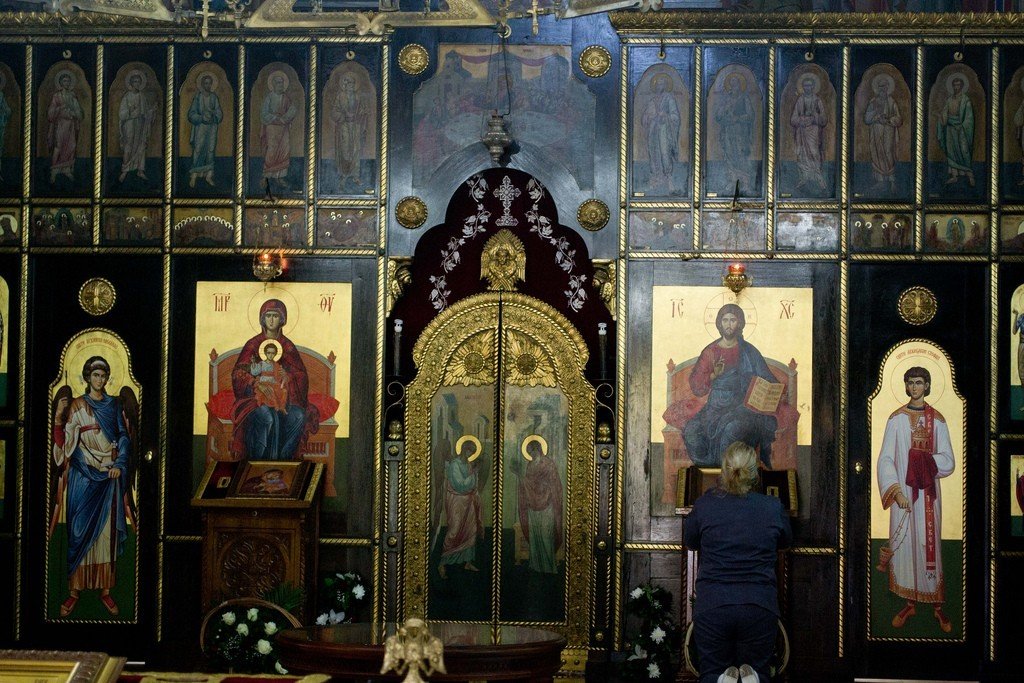
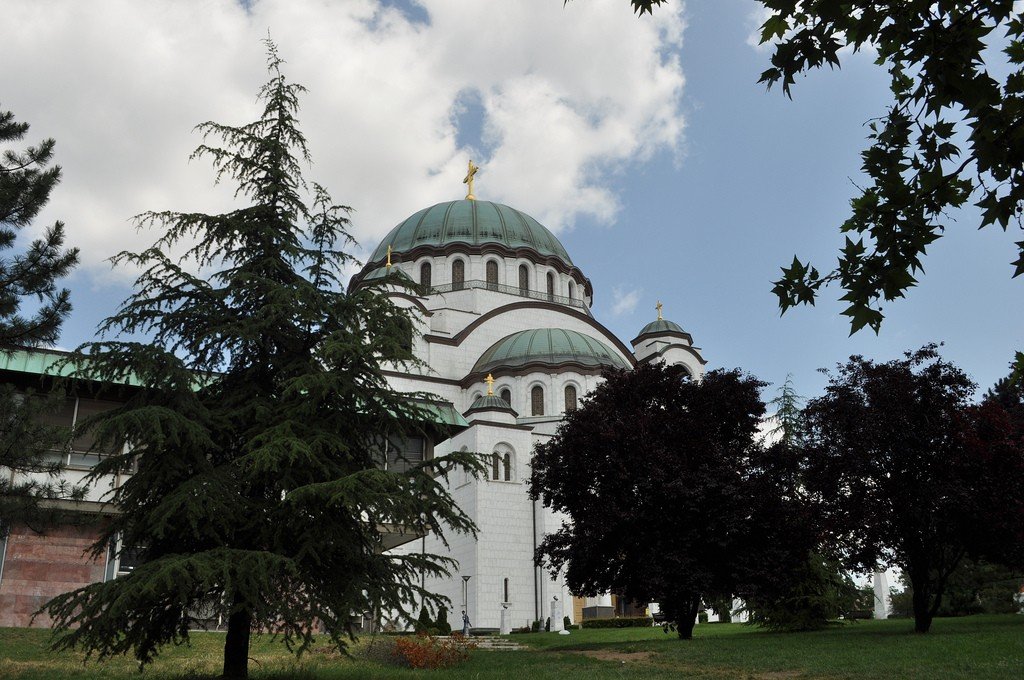
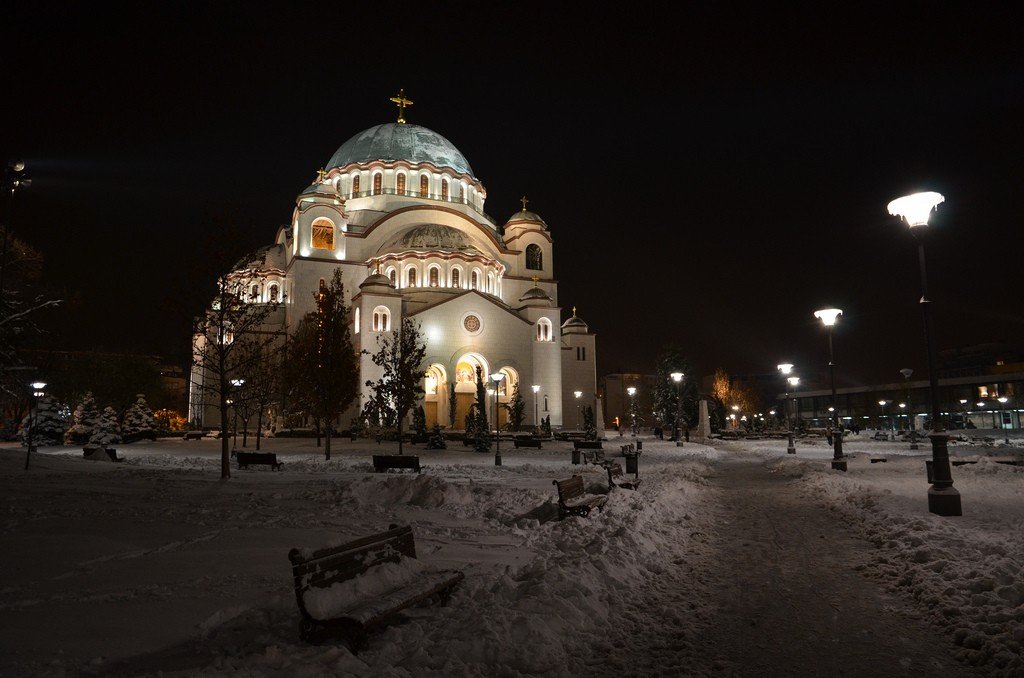
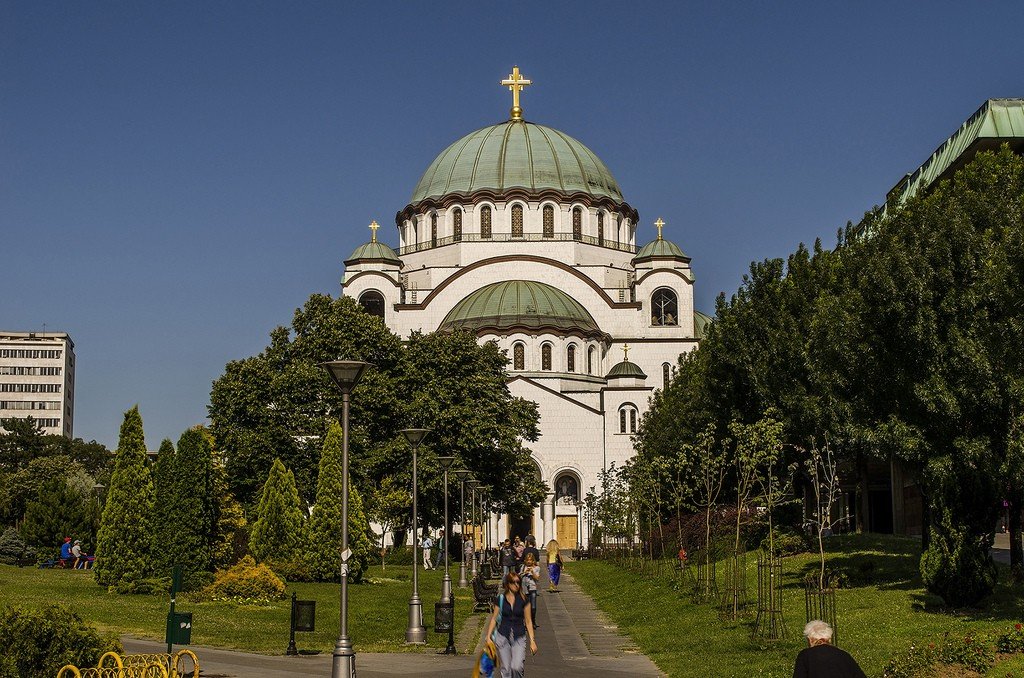
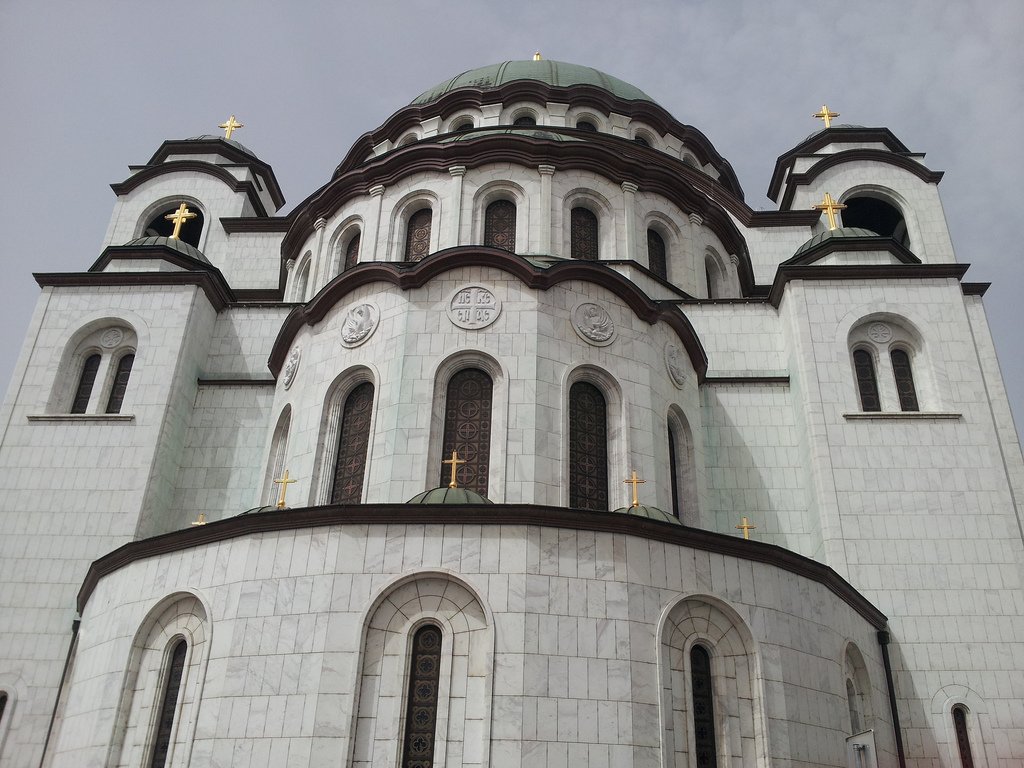
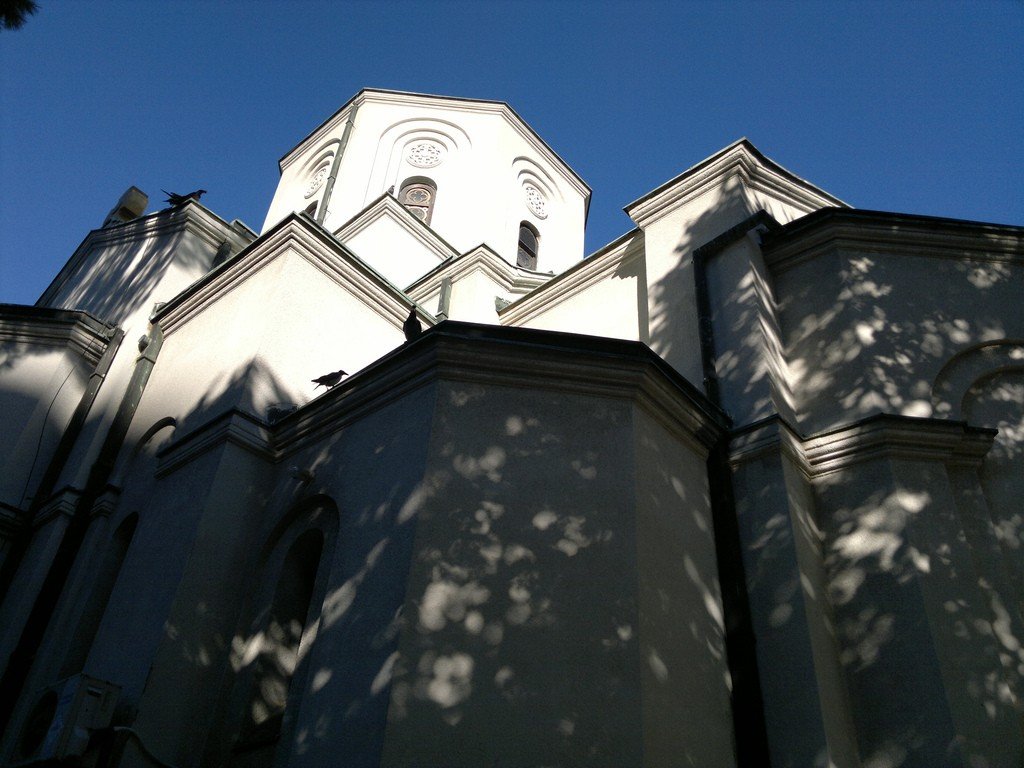
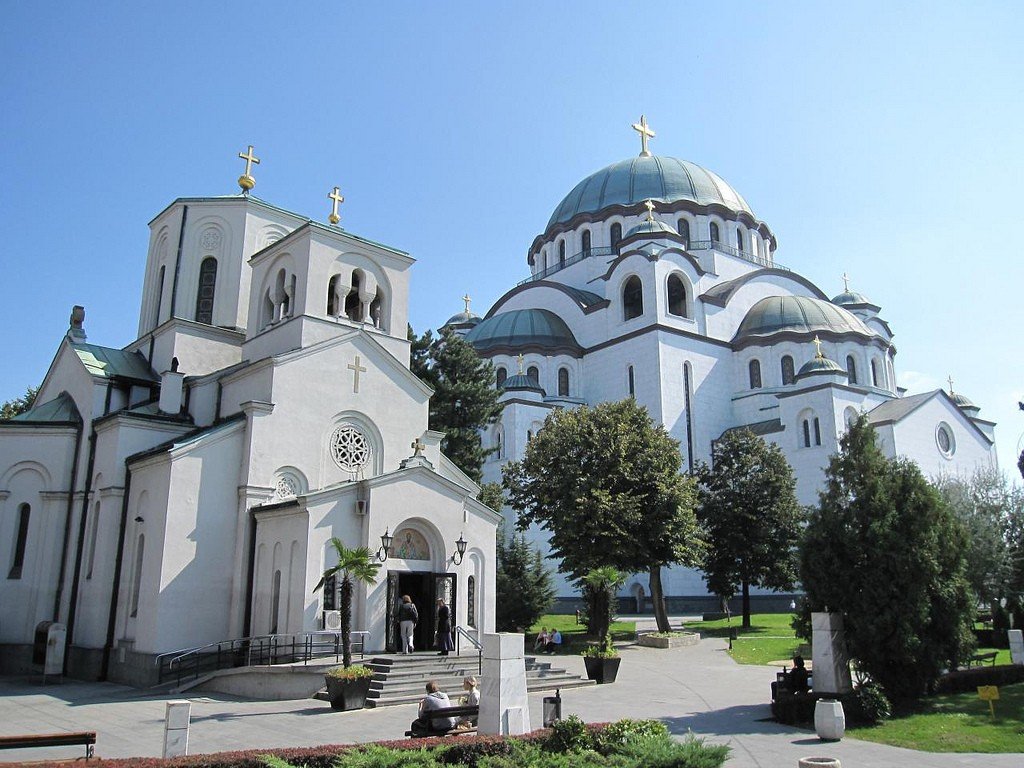
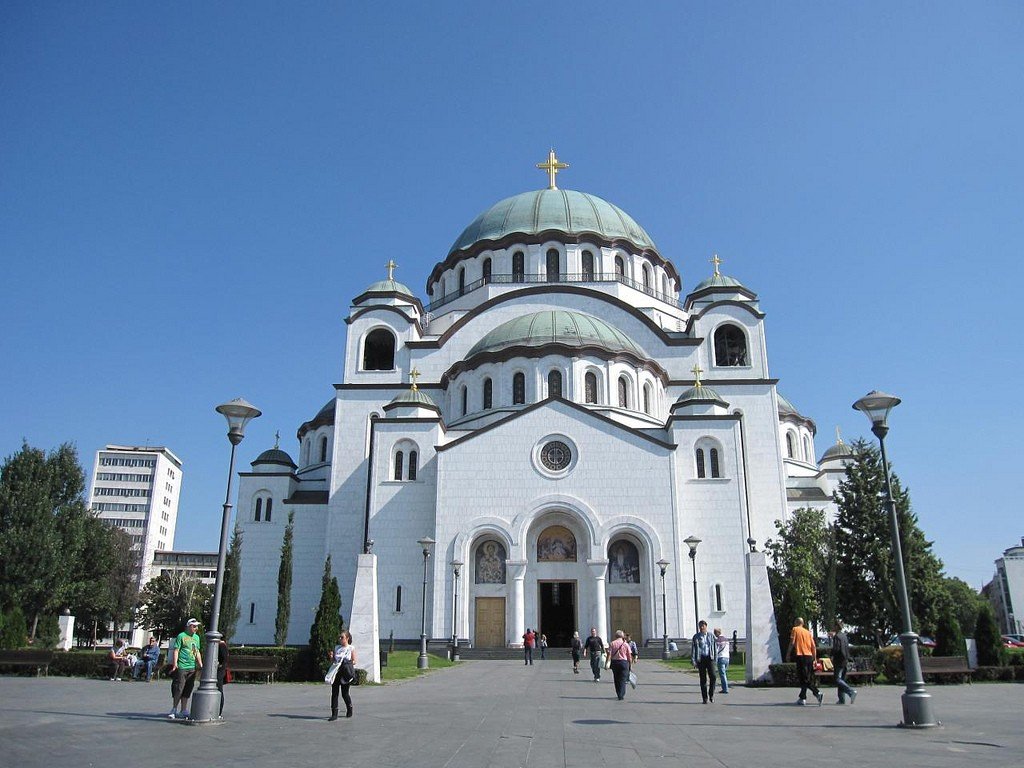
History
Construction began in 1894 on the square where the Ottoman governor Sinan Pasha ordered the relics of St. Sava to be burned.
.
After several decades of planning and numerous competitions, the actual erection of the building began in 1935; 12-meter-high walls were erected between now and 1939.
.
World War II interrupted the construction work, which was not resumed until May 1986, when the authorities gave permission to continue building the temple. The dome was completed in 1989.
On April 20, 1999, the day of Radonitsa, Patriarch Alexy II of Moscow visited the Federal Republic of Yugoslavia at the head of a delegation of the Russian Orthodox Church and celebrated the liturgy with Patriarch Pavel of Serbia in the cathedral (before the great entrance; further – on the square in front of the cathedral); during the service, a prayerful commemoration of the victims of military operations in Yugoslavia was performed.
.In 2004, the still incomplete temple was officially opened.
The church was officially opened.In March 2008, a side chapel of the cathedral was consecrated in honor of the holy martyrs Ermil and Stratonikos.
Architectural style
Architects Alexander Deroko and Bogdan Nestorovich used the classical Byzantine style of the reign of Emperor Justinian I. The main church of the Byzantine Empire, the Cathedral of St. Sophia in Constantinople, served as a direct model. However, the layout of the Church of St. Sava still differs from the Constantinople model, as there was no fusion between the basilica and the central structure. An element of Serbian medieval style is the addition of four turrets around the main dome.
.
The fresco of the image of Christ, located under the main dome of Savva Church is one of the greatest paintings in the entire Christian world. Only the eyes on the face of the Savior are more than one meter in size. The temple can simultaneously accommodate up to ten thousand parishioners. Its volume is 170 cubic meters, and the altar is larger in area than the entire Cathedral Church in Belgrade!
.The central dome of the Church of St. Sava weighs 4000 tons. On its top is a 12-meter gilded cross. On the other domes there are 17 smaller crosses. The two bell towers on the west side of the church are 49 bells of varying strength and size weighing from 12 kilograms to five tons.
.